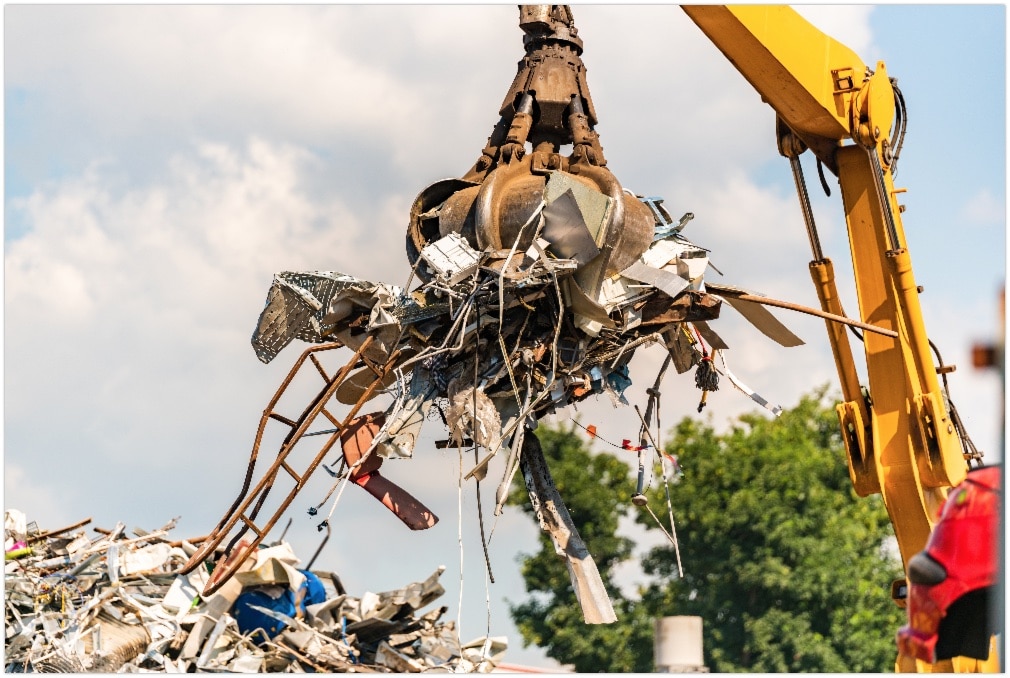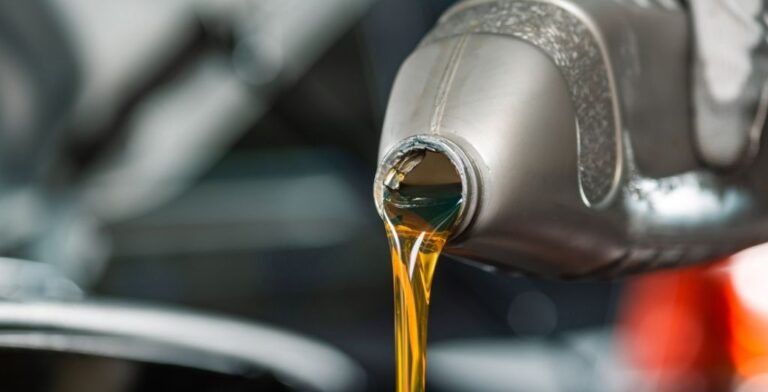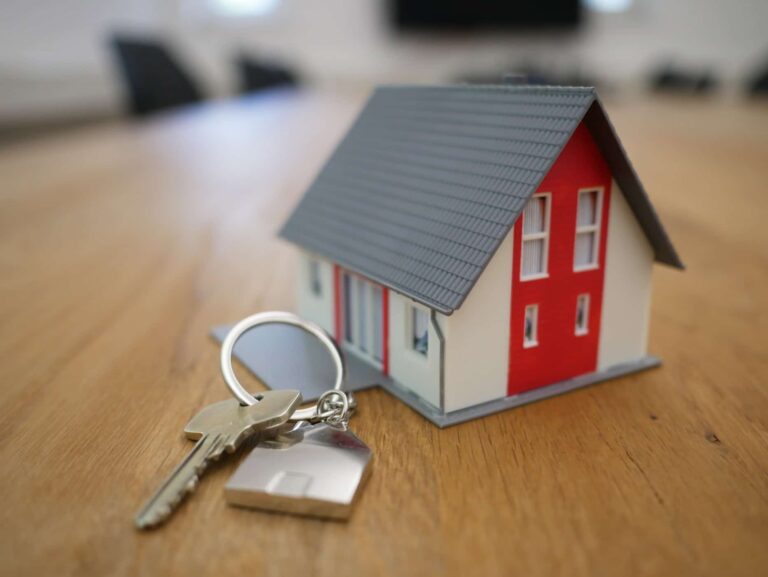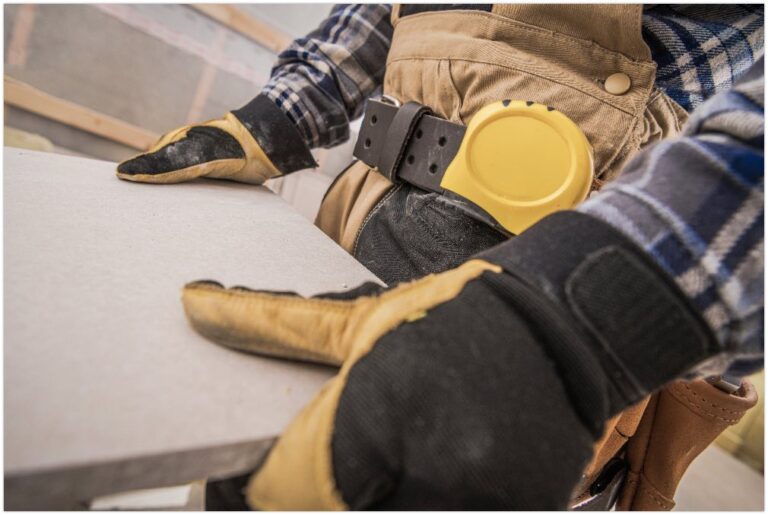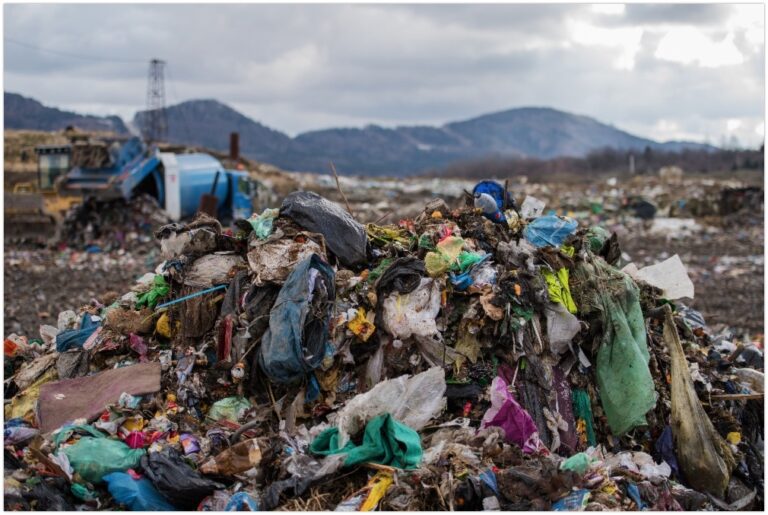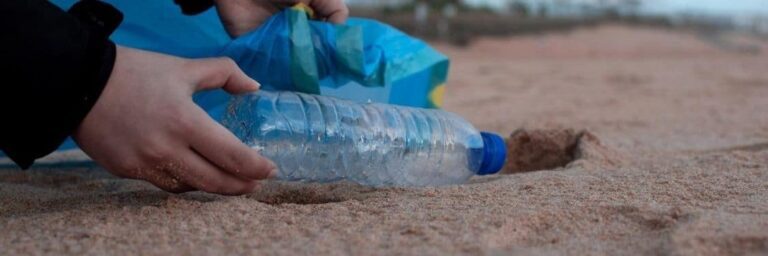No matter its form nor what it’s made of, metals are precious materials. The lustre, conductivity, malleability, and ductility of metals, among other properties, reinforce the multitude of benefits and uses metals have to offer. From household to commercial and industrial settings, metals make up a wide range of objects, structures, and machinery.
The demand for metals consequently led to a dramatic increase in metal production. This gives rise to the problem of piling up metal rubbishes that take hundreds of years to degrade. Luckily, almost all metals are recyclable. In fact, steel is the most recycled substance all over the world. Iron, aluminium, brass, copper, silver, and gold are also highly recycled metals.
Related: 5 Best Ways To Dispose of Scrap Metal
Commonly recycled scrap metal
Metals form different items and products that we use every day. Here is a short list of commonly recycled metals from ordinary items.
- Tin cans
- Bottle caps
- Metal pipes
- Metals from domestic appliances
- Light fixtures and faucets
- Electric wires
- Chairs, door handles, bed frames, shelves
- Cars and automobiles
How is metal recycled?
Metal can be recycled over and over again without altering its properties. This means that you can use metals multiple times over and transform them into a different product so that they become functional. To give you an idea of how metals are recycled, here is an overview of the process:
Metal Collection
The first step in recycling metals is to collect items that are made of metals. After all, you wouldn’t have anything to recycle if you don’t have the recyclable metals. This is easy for recycling centres and businesses because people bring them metal scraps in exchange for money.
Sorting and Assessment
Once you have your metal rubbish to recycle, you need to separate the recyclables from the non-recyclables. Not all metals are recyclable. There are hazardous and radioactive metals that are not meant to be recycled, such as mercury- and lead-containing items.
Sorting also involves separating the metals depending on their type and composition. Also, do a quality check when sorting. Keep in mind that higher-quality recycled products result from good quality of metals used for recycling.
Compacting
Once you have all the metals you want to recycle, they are ready for compacting. Place the metals in the compression chamber for squeezing. This process breaks down the metal and removes unwanted air from them so that they don’t take up a lot of space.
Shredding
After compacting the metals, you will then break them down into smaller sheets (aluminium) or blocks (steel). Shredding the metals is a crucial step. It results in a product with a large surface-to-volume ratio, allowing quick melting with less energy in the following step.
Melting
The aluminium sheets and steel blocks then enter a huge furnace for melting. Adjust the temperatures according to the melting point of the particular metal you are melting. The melting process can take hours depending on the volume of metal, the size of the furnace, and the temperature.
Purification
Once the metals have melted, they will then undergo purification to remove impurities and extract a recycled metal product with higher quality. There are many purification techniques you can use: distillation, electrolysis, and vapour phase refining, to name a few.
Solidifying
The purified metal that is still in their melted phase is then solidified in a cooling chamber. This method results in a pure solid metal that is ready for the next cycle of its life. The metals can be formed into various shapes and sizes depending on the requirement of your clients or partner factories who need the recycled metal.
Why do I need to recycle metals?
Metals are valuable materials. They even have a monetary equivalent when you sell them to recycling facilities. Also, recycling promotes and preserves recycling centres. Hence, you are indirectly boosting employment through job opportunities at these recycling hubs.
Recycling metals also benefits the environment. When you recycle, you help conserve natural resources and energy that are otherwise used for the production of new metals. Moreover, less manufacturing of new products equals less carbon dioxide and greenhouse gases emission, resulting in a healthier place to live in.
Conclusion
Recycling metals need large and heavy-duty equipment. However, you can also DIY recycle to create something out of your metal scraps at home or you can bring your metal rubbish into recycling facilities. If these two methods don’t work out for you, you can always call Paul to deal with your rubbish problems.
Paul’s Rubbish Removal offers a wide range of rubbish removal services across Sydney. Our friendly staff can handle all types of rubbish and deal with them from collecting, sorting, transport, recycling, and disposal. We are your partner in keeping the environment clean and healthy. So, you don’t have to worry about your unsegregated rubbish because we will sort and recycle them for you.
Need metal rubbish removal service? Feel free to call us at 0407 125 125 or email us at info@paulsrubbish.com.au to get a free quote.
